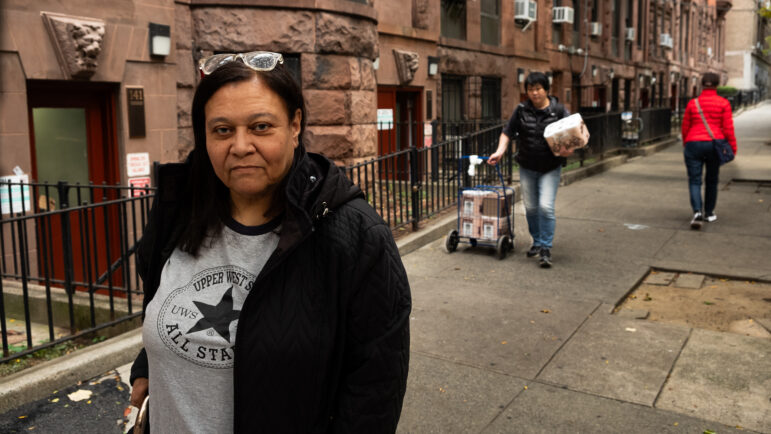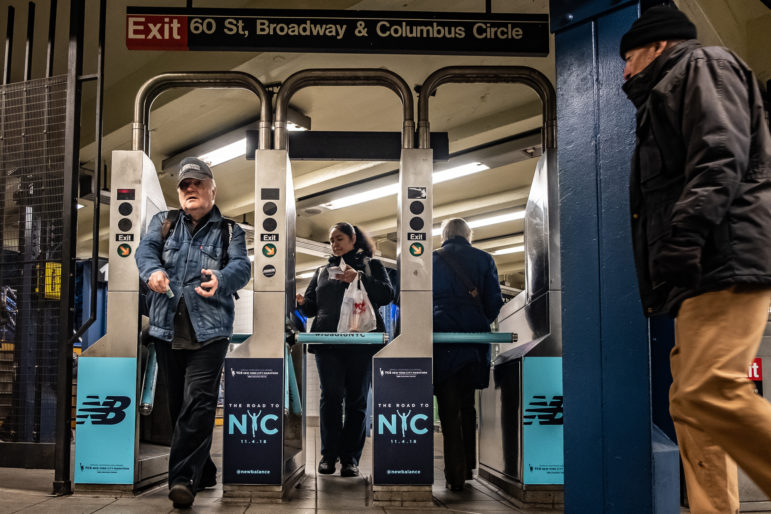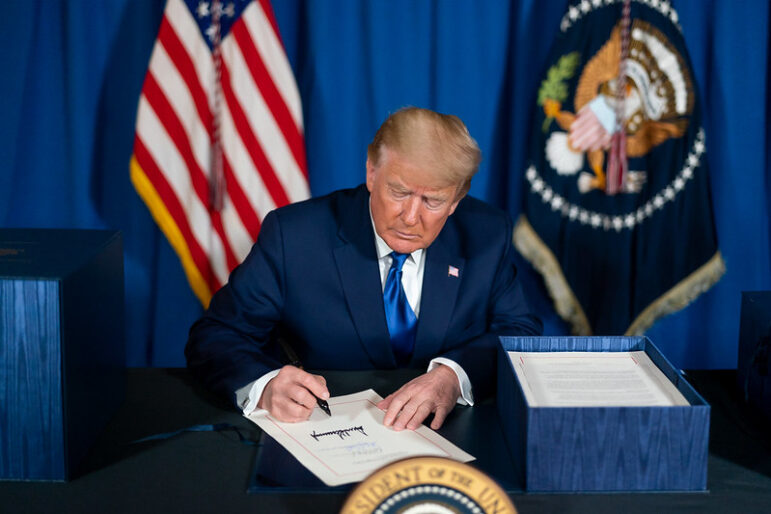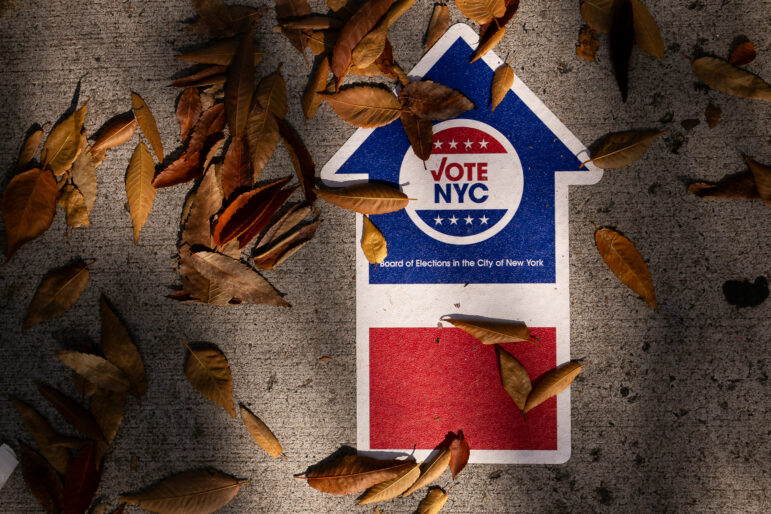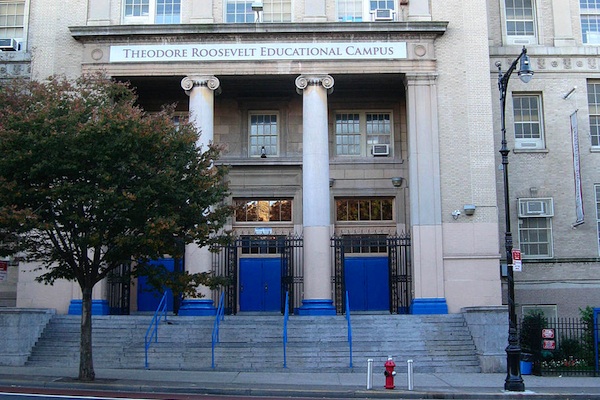
Photo by: Jim Henderson
The former Theodore Roosevelt High School on Fordham Road now contains for high schools. One operates at 74 percent of capacity, one at 105 percent.
The city’s school system does a poor job of tracking its efforts to alleviate school crowding, resulting in a lack of progress in reducing the space squeeze in overcrowded buildings, according to a report from the city comptroller released Wednesday.
“According to DOE’s own statistics, overcrowding in primary and middle school buildings
appears to be worsening, despite the fact that more than 16,359 seats were created in Fiscal Years 2011 and 2012,” concluded the audit from the office of Comptroller Scott Stringer. In its response to the findings, the DOE took issue with the approach taken by the audit, but didn’t dispute the numbers themselves.
One interesting aspect of Stringer’s report is that it mentions not just over-utilized but also under-utilized schools. Indeed, at least according to the official measures used by the School Construction Authority, school crowding is less a systemic issue than a locational one—a crisis in some school buildings and a non-issue in others.
Take the district in which this reporter lives—district 10 in the Bronx. According to the SCA’s most recent “blue book,” Discovery High School is at 139 percent capacity, while PS 382 is only about half full. The four small high schools that now occupy the looming Theodore Roosevelt High School campus on Fordham Road have utilization rates ranging from 74 percent to 105 percent.
All that plays out against a backdrop of longer-term trends in the size of the city’s school-age population. In order to plan not just how many seats to maintain but also where in the city to site them, the SCA periodically pays two demographic analysis firms to make 10-year projections not just of how many kids the whole school system will have to house but what kind of growth or shrinkage individual school districts will face. The reports make interesting reading.
The ebbs and flows of the overall school population reflect the city’s recent history: School enrollment peaked at 1.15 million in 1971, dropped to 920,000 or so in 1982, rose modestly in the 80s, soared in the 90s, retreated from 2000 to 2008 and has edged up modestly since.
Those broad moves, in turn, are the product of a complex interplay of changes in immigration, the birth rate and the number of people moving into and out of New York from other places in the U.S., as well as education policy changes around testing, promotion, dropouts, charter schools and pre-K. For a time earlier in this century, city population and school enrollment moved in opposite directions, because the new city residents weren’t school-aged. In 2009 and 2010, the trend reversed and the school population grew, before slipping again in 2011.
By 2021, according to the demographic projections, city schools should have between 1.07 million and 1.08 million—about a 6 percent increase over the decade.


